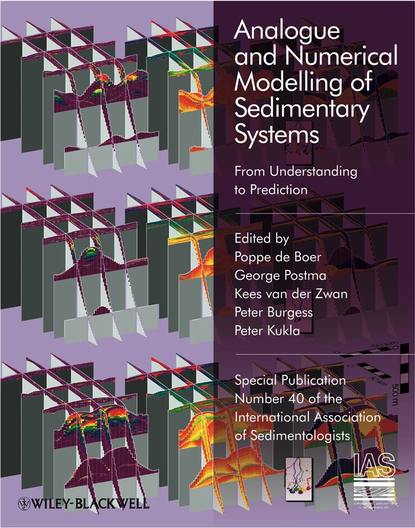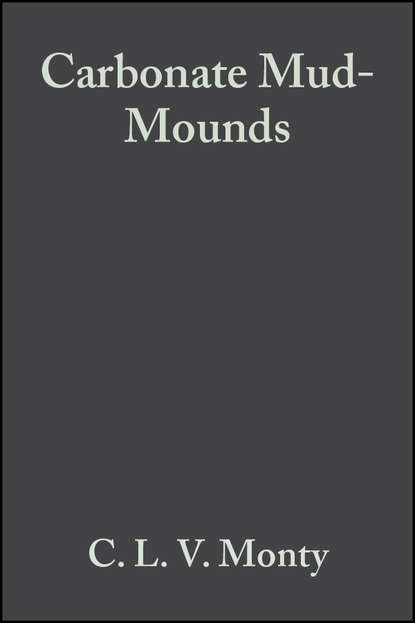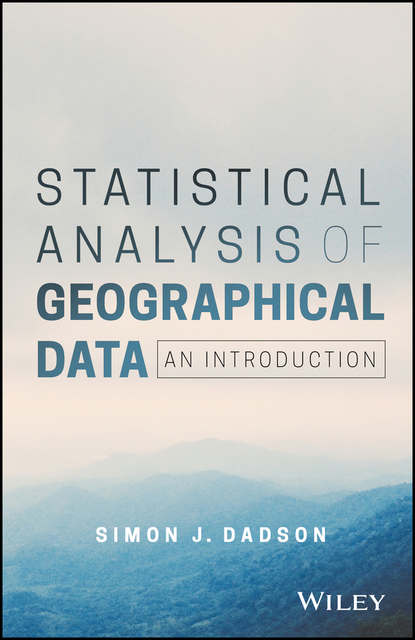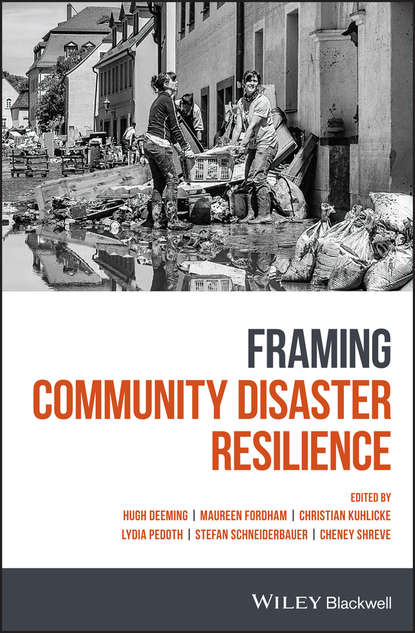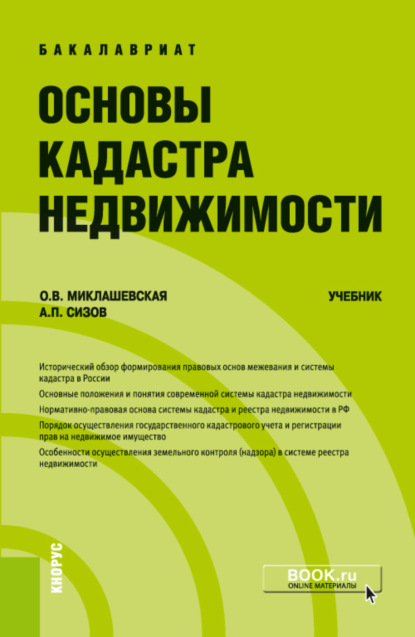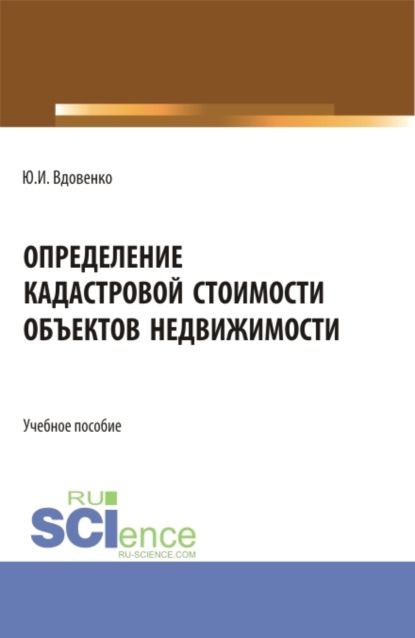Книга "Аналоговое и численное моделирование седиментационных систем" посвящена изучению эволюции заполнения бассейнов и происхождения стратиграфических архитектур. Ранее этот процесс базировался на изучении выходов горных пород, данных скважин и сейсмических исследований, а также на качественном изучении геологических процессов и, в меньшей степени, на количественных наблюдениях современных и древних седиментационных сред. Однако, в настоящее время, понимание этих процессов можно улучшить путем применения численных и аналоговых моделей.
Существуют два основных подхода к стратиграфическому моделированию: детерминистский, основанный на процессах, и стохастический. Детерминистский подход позволяет более глубоко понять динамику системы, что увеличивает нашу предиктивную силу, но он ограничен разнообразием временных и пространственных масштабов и неполной информацией о работе процессов на различных масштабах. Стохастический подход более непосредственный и простой в использовании, что делает его более подходящим для изучения сложных или менее изученных систем.
Статьи, включенные в эту книгу, демонстрируют, как кросс-дисциплинарные исследования, включающие в себя традиционные полевые исследования и численное моделирование, расширяют наше понимание земных поверхностных систем.
Книга Understanding basin-fill development and the origins of sedimentary architecture has traditionally drawn on the study of rock outcrops and other phenomena as revealed by well, seismic, and tectonic data, combined with qualitative observations on geological process and to an extent even quantitative analyses of both modern and past sediment deposition. The results enabled through such research have increasingly been subjected to testing and probing through the implementation of numerical forwards models as they simultaneously apply both analogue techniques, as well as quantitative approaches. Current stratigraphical forwards modelling can best be summarised as taking one of two approaches: (i) treating each process as deterministic, following the base workings of fundamental physical equations related to fluid movement and sediment particles at every scale and; (ii) following a stochastic path. The former method seeks to understand the underlying dynamics of the processes forming part of the system in question and build detailed representation on the evolution of such systems under varying external force, though it does face difficulties when working with highly non-predictive, sometimes maybe unpredictable, systems. Alternatively, the latter hacks to the system via a more direct and streamlined model – and while it is useful to investigate complex systems or ones that have lesser explanation, it has its uses. There, each model suffers from a restriction in terms of the number of scales it can apply, coupled with an understanding of how all processes contributing to the overall formation of a sedimentary layer operates and interrelate across different scales. Those addressed within this publication, Through the integration of traditional ground studies with analogue- and numerically-driven forwards modelling, illustrates the benefits of appling dual methodology to our studies of earth surface formations.
Электронная Книга «Analogue and Numerical Modelling of Sedimentary Systems» написана автором Группа авторов в году.
Минимальный возраст читателя: 0
Язык: Английский
ISBN: 9781444303148
Описание книги от Группа авторов
Understanding basin-fill evolution and the origin of stratal architectures has traditionally been based on studies of outcrops, well and seismic data, studies of and inferences on qualitative geological processes, and to a lesser extent based on quantitative observations of modern and ancient sedimentary environments. Insight gained on the basis of these studies can increasingly be tested and extended through the application of numerical and analogue forward models. Present-day stratigraphic forward modelling follows two principle lines: 1) the deterministic process-based approach, ideally with resolution of the fundamental equations of fluid and sediment motion at all scales, and 2) the stochastic approach. The process-based approach leads to improved understanding of the dynamics (physics) of the system, increasing our predictive power of how systems evolve under various forcing conditions unless the system is highly non-linear and hence difficult or perhaps even impossible to predict. The stochastic approach is more direct, relatively simple, and useful for study of more complicated or less-well understood systems. Process-based models, more than stochastic ones, are directly limited by the diversity of temporal and spatial scales and the very incomplete knowledge of how processes operate and interact on the various scales. The papers included in this book demonstrate how cross-fertilization between traditional field studies and analogue and numerical forward modelling expands our understanding of Earth-surface systems.
